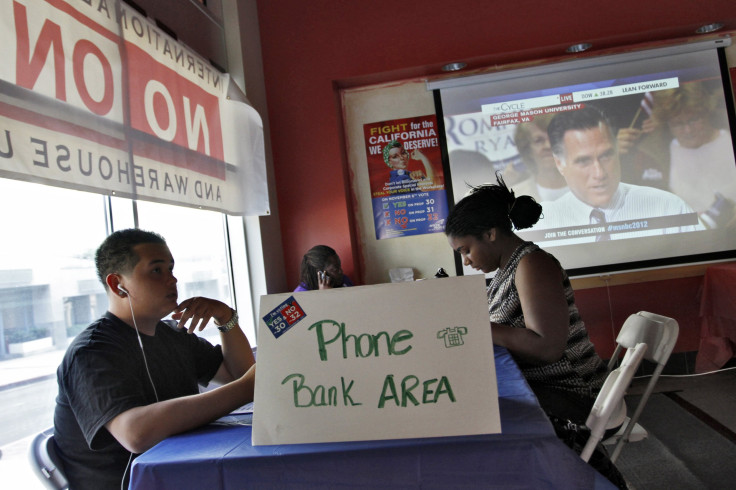Fewer High School Students Are Working And That Could Drag Down Their Future Wages

Fewer American high school students are working summer jobs and part-time jobs than a decade ago, and that will likely mean lower wage-earning capacity in their futures, research indicates. In 2000, about 34 percent of high school students age 16 and older held jobs, but that share had fallen to 18 percent by 2012, data from the National Center for Education Statistics indicate.
In 2013, 21 percent of high school students either had a job or were looking for one, and of that portion of students, 21 percent were unemployed, federal data show, compared to an overall unemployment rate of 7.2 percent for Americans at least 16 years of age.
“The labor market has yet to really recover,” said Catherine Ruetschlin, senior policy analyst at liberal research organization Demos. “A high schooler with no work experience may be competing with someone who’s worked in retail for 10 years, and that hasn’t always been the case.”
While more teenagers are completing high school before entering the labor market and high school graduation rates are at a 30-year high, the Department of Education reports, those students who haven’t experienced the workplace before graduating are at risk of earning less than their working peers.
High school seniors from the late 1990s who worked 20 hours per week now earn about 4.4 percent more than those students who didn’t work, a recent National Bureau of Economic Research (NBER) paper indicates. Teens who worked in the 1970s saw a larger wage premium, 8.3 percent, after graduation.
“The average effect, it’s not as big as it used to be but it’s still positive,” said Christopher Ruhm, professor of public policy and economics at the University of Virginia and co-author of the NBER paper with Charles Baum of Middle Tennessee State University.
College-bound high school students are spending more time studying and on activities like volunteering that they think will impress college recruiters while non-college bound students are competing for jobs with more unemployed adults and more immigrants than a decade ago, Ruhm said.
This summer, about 25 percent of employed youth (ages 16 to 24) worked in the leisure and hospitality industry, which includes food service, and 19 percent worked in retail, according to federal data.
"Generally if you look at the jobs you wouldn’t say these are terrific jobs," Ruhm said. "But that doesn’t mean you don’t gain valuable experiences from it."
Some students may be forgoing traditional lifeguard or restaurant server jobs to take low-paid and unpaid internships, which can increase their access to better-paying jobs. But not everyone can afford to.
“The vision we have for what opportunities like internships are out there for students are very different from the opportunities they face on the ground,” Ruetschlin said. “The need for work [versus an unpaid internship] is very personal to your household budget situation.”
© Copyright IBTimes 2025. All rights reserved.






















